Modern eLearning Design: Need For An Evolution From Bloom’s Taxonomy
HexaLearn
AUGUST 28, 2023
The Need For An Evolved Learning Taxonomy Designing learning involves both arts and science. In formal terms, we call this learning taxonomy. Learning taxonomy is a methodology to categorize different levels or types of learning. The most famous and widely used taxonomy was given by Benjamin Bloom.

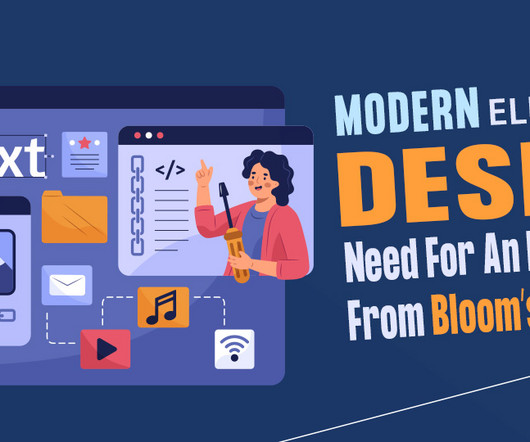

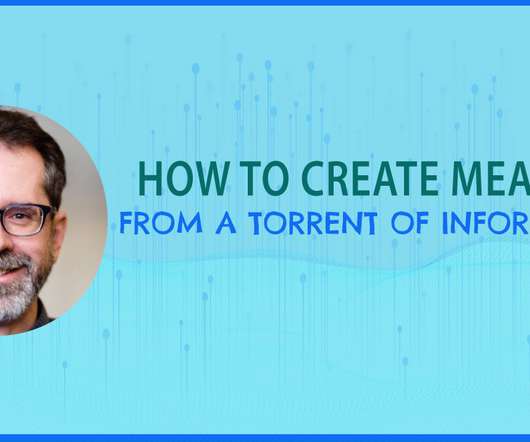


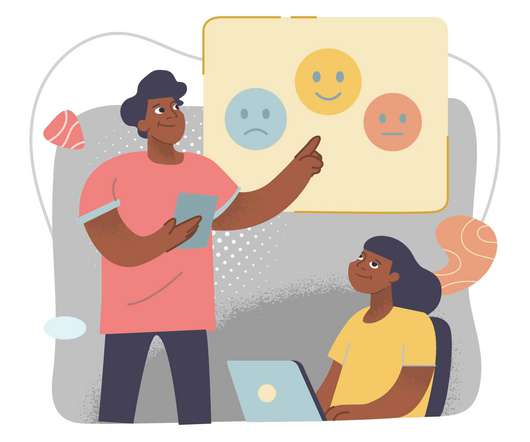















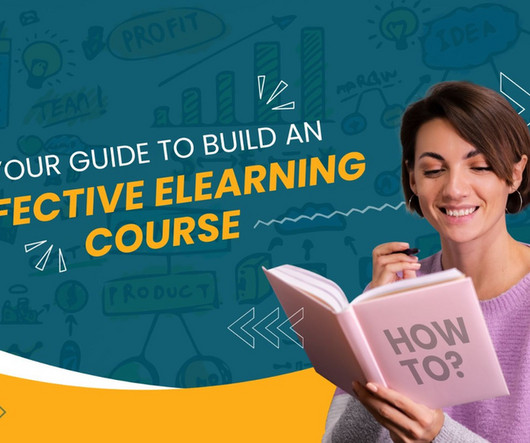









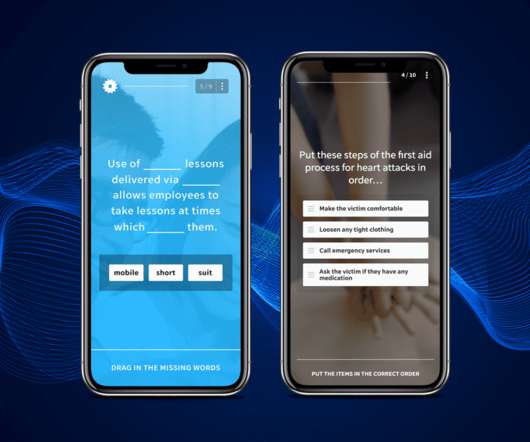

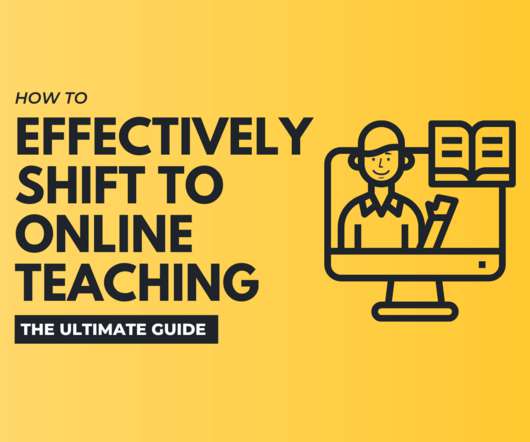












Let's personalize your content